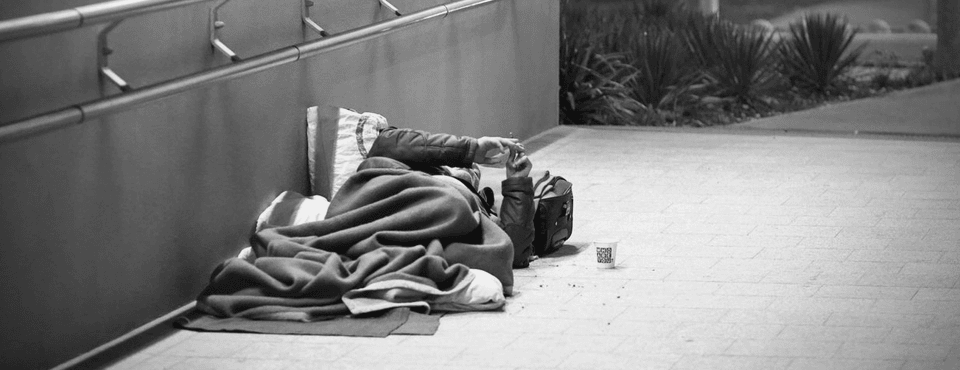
Drug consumption rooms reduce crime and make neighbourhoods more attractive
Drug consumption rooms lead to a significant reduction in drug use and drug-related crime, as evidenced by research from VU Amsterdam professor of Urban Economics and Real Estate, Hans Koster, and Sofia Franco (University of California – Irvine). What’s also striking is that in neighbourhoods with these spaces, house prices increased by 2.5%.
A consumption room offers drug addicts a safe and quiet place to use their drugs without being harassed. These spaces are often part of a shelter, where support workers are available for assistance. The research was conducted in multiple Dutch cities with drug consumption rooms. Over a 20-year period, neighbourhoods with and without these rooms were compared, in order to assess the effects accurately. Koster’s research shows that in neighbourhoods with drug consumption rooms, drug use decreased by 13 percentage points. The research also demonstrates that crime, such as street dealing, dropped by 24%. “People are still getting their drugs, but it’s happening far less on the street. They use drugs indoors more often, making them less visible in public spaces,” Koster explains.
Increase in house prices
In addition to the reduction in crime, the research also shows that house prices in low-income neighbourhoods increased by 2.5%. “This is because drug use and dealing predominantly occur in these neighbourhoods. If you can solve these problems, the area becomes more attractive to live in, which drives up house prices,” Koster explains. In higher-income neighbourhoods, there was no noticeable impact on house prices. According to Koster, this is likely due to the stronger stigma surrounding drug use in such areas. He adds: “In low-income neighbourhoods, people are often pleased when the problems are addressed. Drug use is a more visible part of daily life there, so when it decreases, residents see it as an improvement. In higher-income neighbourhoods, the stigma plays a larger role. People with higher incomes don’t want to be associated with drug use or consumption rooms, and don’t want to live nearby. As a result, the impact on house prices is less in those areas.”
Unexpected results
Before conducting the research, Koster was sceptical about the hypothetical size and magnitude of the effects. “We expected little impact on crime or house prices. We even thought that people might wander around the consumption rooms, which could promote drug dealing,” he says. However, the results proved the opposite: “Because consumption rooms address these social issues, they improve the liveability of the neighbourhood,” Koster concludes.
